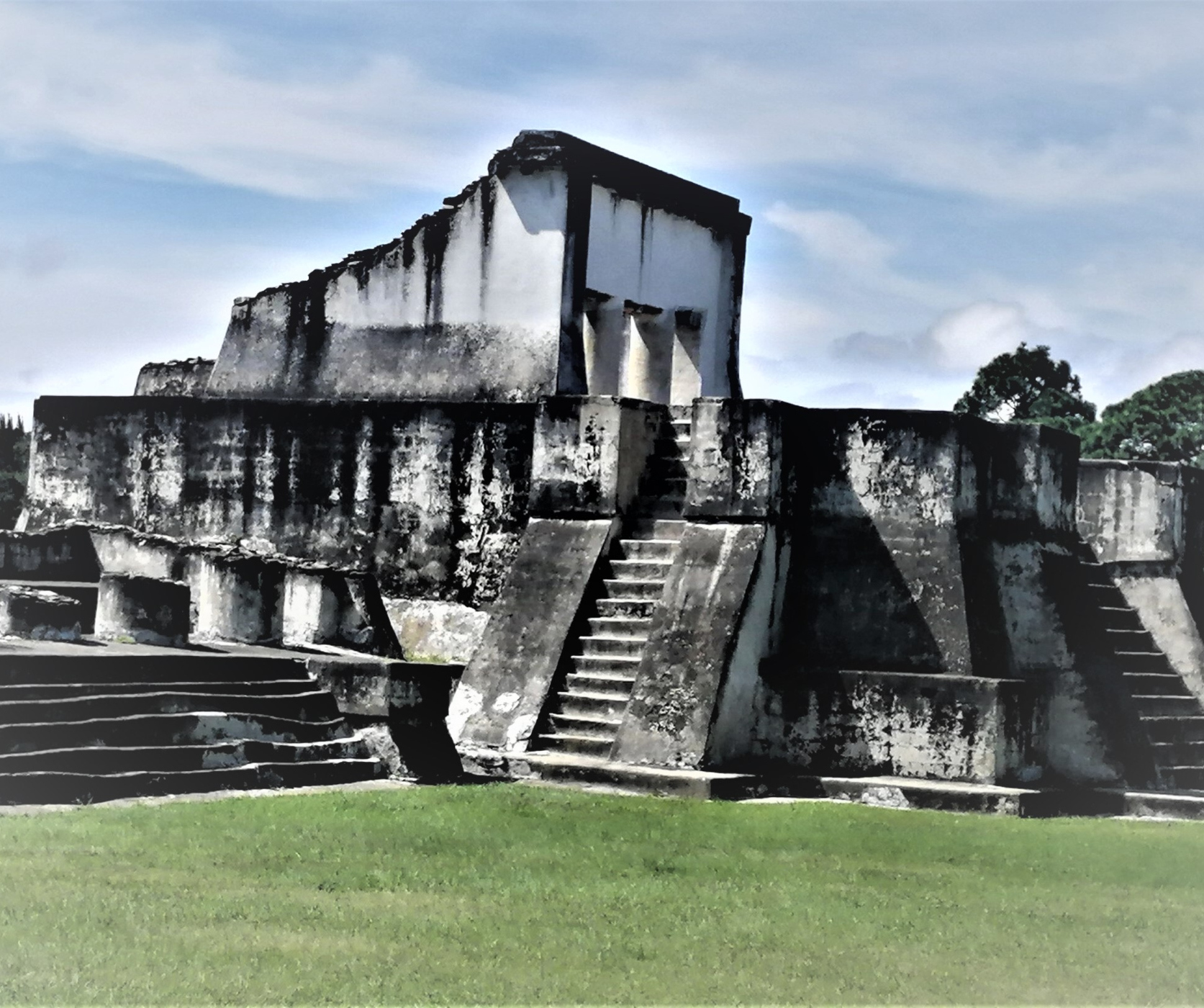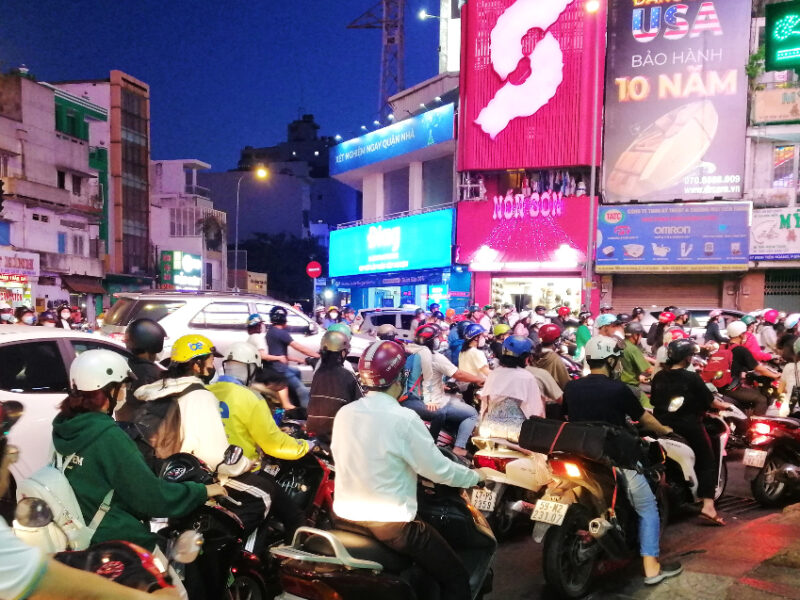Unplanned until the evening before, I found myself wandering the grounds of the ancient Mayan site of Zaculeu, in Huehuetenango.
Because Guatemala’s second biggest city of Quetzaltenango hosts a huge celebration for the country’s Independence Day, I was forced out of the Lar Antiqua Hotel. When I checked in and paid, the nice family owners told me they and the whole city would be booked for the celebration day that was a few days away.
This unexpected event caused me to leave Quetzaltenango, not knowing where I was going. I’d need to decide at the bus terminal.
After a three-hour, 35 Q ($4.50) colectivo aka Blue Bird brought back feelings of Déjà vu from spending cumulatively thousands of hours on those buses as a child, I found myself deeper into Guatemala’s western highlands, in Huehuetenango. On the outskirts of this city which, means: The place of the Ancients, lies a preserved, mini-Mayan archaeological earth space.
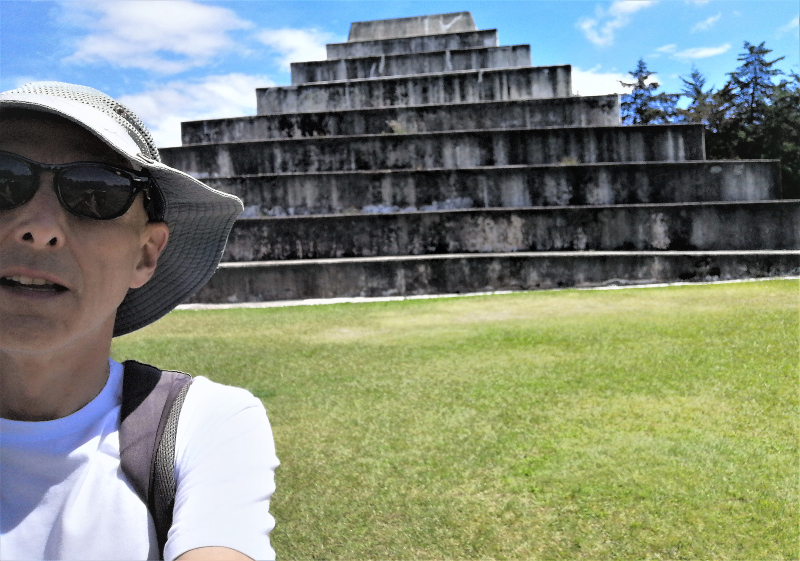
In my travels I have come across some ancient ruins, but never as small or out-of-the-ordinary as Zaculeu. I am not saying that historical sites are ordinary, but this one felt unorthodox. Maybe it was the smaller than average size. Or perhaps it was because at first glance, you cannot help but notice that these not so ruined ruins must have been relentlessly refurbished.
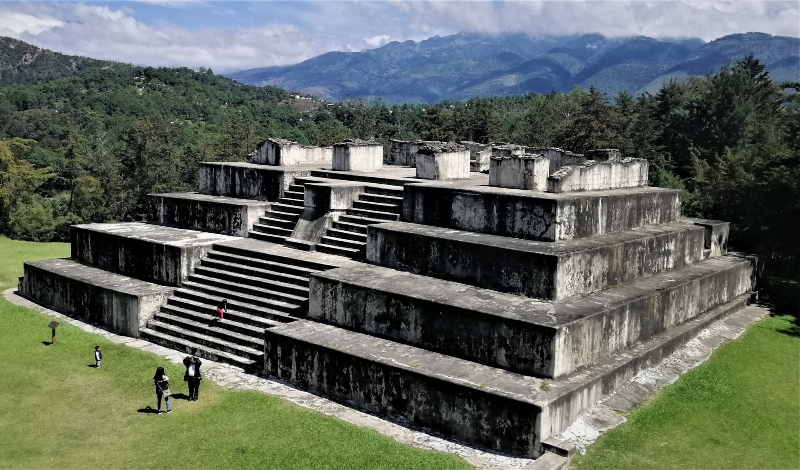
Once you walk around, you notice imperfections. It wasn’t perfect by any means, but at first glance, it felt too close to immaculate to be from so far back in time. Notwithstanding, when you walk up to a ruin, touch it, and climb its steep, thick stairs, you instantly understand that you are where another conscious civilization lived and thrived, in a time too far back to comprehend.
After walking part of the way and taking a local, old school bus, I arrived at around 9 a.m. I saw the sign said 50 Q ($6.45) for extranjeros and 5 Q ($.65) for Guatemalans. I could not help but think:
10 times the price for foreigners: What the heck! Couldn’t they have made it 25 Quetzales and not 50? Five times the amount of what a national pays, not 10 times?
Because I was instantly perplexed by this huge cost gap, I began to question the ticket vendor and asked for:
¿Un discuentito porfa?
But it was of no avail. The price was fixed and that was it.
Precio fijo.
After a few words into my explanation of bewilderment, I realized that my point was moot. The man was doing what he was told, collecting la plata. So I changed my tone and spoke of how nice it was that the spot was almost empty, there just for me to roam and gaze in wonderment.
Positive thinking will set us free.
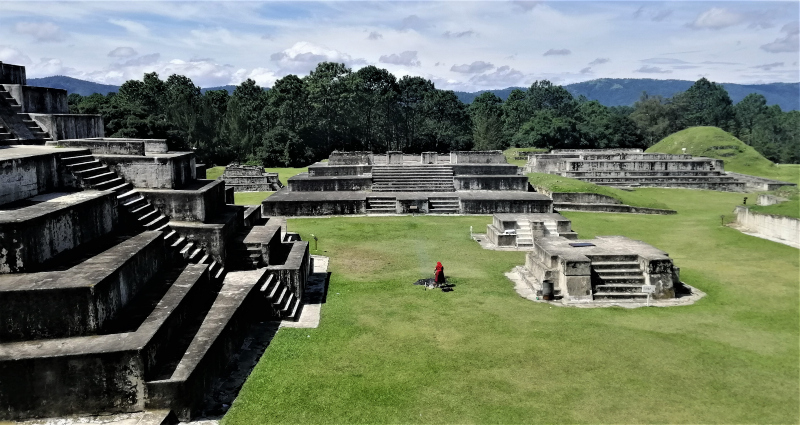
As I walked to the right after coming through the entrance, I saw it was empty on that side. I realized I’d never seen a site so small and well kept.
The setting gave me a feeling of magical time travel. It felt good to be outside in the open air gazing at picturesque pyramids and restored ruins.
The 9 a.m. temperature at 1,900 meters (6,200 feet) above sea level, was perfect. The open-air site lies on the natural outskirts of Huehuetenango, providing a nice breeze and clean air.

I walked around slowly and climbed thick, high, stairs on three different pyramids. I looked into the hilly forest and down at the pristine green grass while trying to come up with an idea of how human life might have been here 1,000 years ago, or thousands, or more. I can’t imagine a way to calculate ancient time.
Was it a prosperous indigenous community? Were there remnants of utopia? Did the civilization possess a system of extreme hierarchy?
I could not help but wonder.
It felt good to be drifting around this preserved earth space in Guatemala’s modern-day Madre Sierra mountains, where Mayan life is still evident.
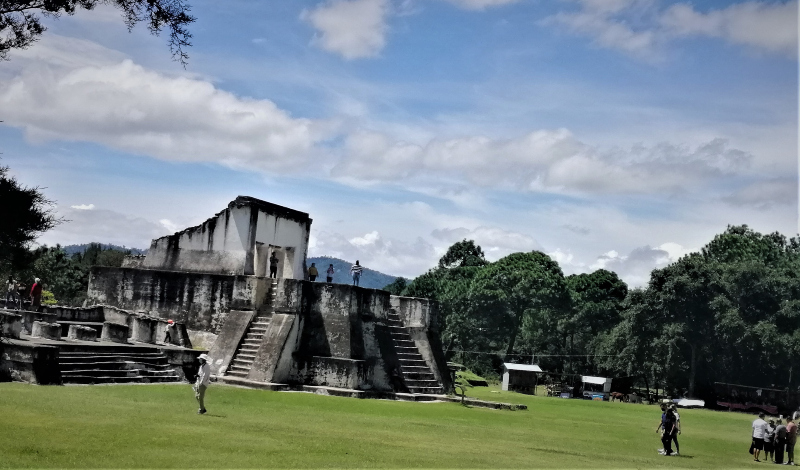
An hour passed when I noticed more people had shown up, 30 at least. From what I could tell, I was the only foreigner there on this Guatemalan Independence Day. I could not help but glance over at about 10 people and think:
I paid the same as 10 people that I can count across the grass and up on the pyramids. There are probably 30 of us here. They have collected 200 Quetzales, 50 of, or one-quarter of which came from me, and there are about 31 of us.
All I could do was tell myself to laugh it off and not analyze.
It is what it is.
For what it’s worth, it seems the average Guatemalan has a tough day-to-day experience. Living is not inexpensive and the minimum wage of 7 a day isn’t enough to live on.
My mind instantly switched to admiration of the site and the feeling of gratitude for being able to visit these remnants of yesteryear, ramble around, ascend and descend stairs and engage my senses for a couple hours.
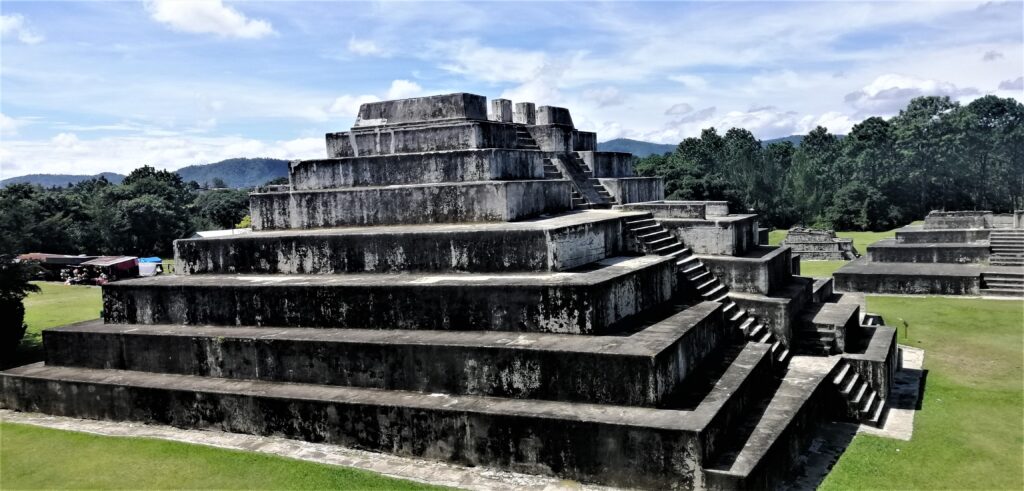
Getting There From el Centro de Huehuetenango
I walked about half way there and managed a public vintage US school bus or colectivo, the other half of the way. Spanish helped but I imagine you can manage by saying:
Zaculeu or Las ruinas.
The directions are to follow Calle 7a all the way, but that didn’t make sense. It might to you. I asked locals and at one point was told to wait a few minutes for a bus. The average Guatemalan will be more than happy to point you in the right direction.
Since many locals have spent time in the states, there is English spoken among that genre of citizen. Sometimes you run into them. And since they feel empathy for your cause, they tend to prefer to help if they can.
I easily found the way back walking from the site to the city center and the Hotel Centro, in about 45 minutes. I saw a couple of marked taxis around the site too.
If for whatever reason you find yourself in Huehuetenango, because you had to leave Quetzaltenango because it was Independence Day (highly unlikely), or you decided to stop on your way to Mexico, or if you’re traveling further northeast in Guatemala, visiting las ruinas de Zaculeu is an excellent way to spend a morning.
Have you been to any memorable ancients sites? Feel free to leave a comment below.
Here is the whole set of photos from the ruins of Zaculeu.
